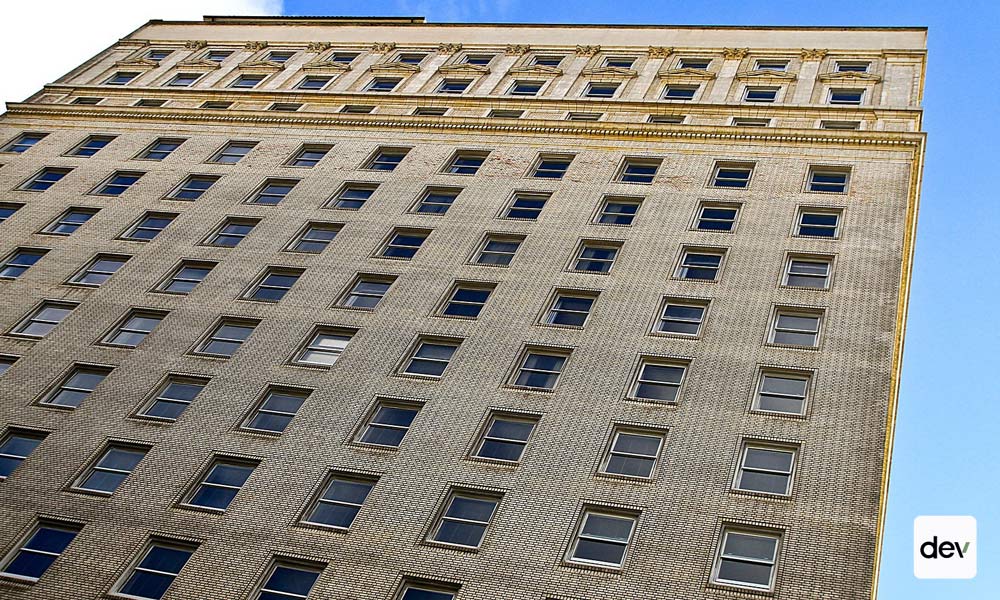
Acquisition
Building Classifications: Defining A, B, and C
Provides an in-depth analysis of building classification, breaking down the distinctions between Class A, B, and C office spaces. This article illuminates the criteria and characteristics that define each category, aiding investors and tenants in making informed decisions about office space selection.
In commercial real estate, office buildings are generally classified as Class A, B, or C. The classifications carry loose definitions that can vary by market but provide an easy way to gauge properties’ risk-return profiles.
Essentially, building class is shorthand for a property’s condition, location, features, and ultimate desirability. Investors can use it to quickly filter potential opportunities that meet their investment goals.
In this article, we’ll explain what all three office building classifications mean and give an example of each.


Class A Office Space
Class A offices are the newest and highest-quality buildings in the market. They are typically less than 10 years old and near the central business district or most desirable location in a city. This makes them highly visible and subject to high traffic levels.
Construction finishes on Class A buildings typically include luxurious exteriors such as glass, modern and durable flooring such as marble, central air conditioning, and energy-efficient utilities.
Class A buildings also often offer advanced security systems, fast internet, lots of parking, and high-end amenities such as internal cafes, valets, and large lobbies.
Naturally, Class A buildings command higher rents. Cap rates are typically 4-5%. Overall, the investment will require more upfront capital but comes with the least risk compared to other building classes. As a tenant, you get to enjoy a prime location, a professional image, and state-of-the-art amenities and features.
An example of a Class A office:


Class B Office Space
Compared to Class A properties, Class B offices are slightly dated and may need light renovation. They’re typically 10-20 years old and located in good but not ideal locations.
Construction finishes on Class B buildings may include standard exteriors such as brick, functional HVAC systems, older flooring such as carpet tiles, and basic lighting and water fixtures. You can also expect Class B buildings to offer basic amenities like conference rooms, adequate on-site parking, and functional security systems.
Though Class B offices demand lower rents than their Class A counterparts (typical tenants include smaller, local businesses), they are often targeted by value-add investors who want to renovate them into Class A buildings.
An example of a Class B office:


Class C Office Space
Class C buildings are the lowest-tier offices. They’re usually 20-30 years old, in need of moderate-to-significant repairs, and located in less desirable areas (e.g. far from major highways and public transit).
Construction finishes on Class C offices may include dated exteriors such as concrete, older HVAC and plumbing systems, and inefficient light and water fixtures. You can also expect Class C offices to come with fewer amenities and services. For example, there may be no elevators or central A/C, a minimal security system, and limited parking.
Overall, Class C buildings tend to be functional spaces that demand lower rents and sales prices than their Class B and A counterparts but involve more risk and are more likely to require updates.
An example of a Class C office:


Ultimately, Class A, B, and C offices can all be worthy investments for owners and tenants. It all depends on your goals, risk tolerance, and budget. Before you buy or lease any office, be sure to conduct due diligence.


Frequently Asked Questions (FAQs)
What is the definition of a Class A building?
A Class A building is a high-end office. It’s typically less than 10 years old, located in a central location, and has the newest amenities and features.
What is the difference between a Class A and B building?
Compared to a Class A building, a Class B office is typically older and less modern. It’s usually 10-20 years old with slightly dated construction finishes and fewer modern amenities and features.
What is a Class C building?
A Class C building is the lowest-tier office space in a market. It’s typically 20-30 years old, requires moderate-to-significant repairs, and only has basic amenities and features. That said, it also commands the lowest rent and sales price.

